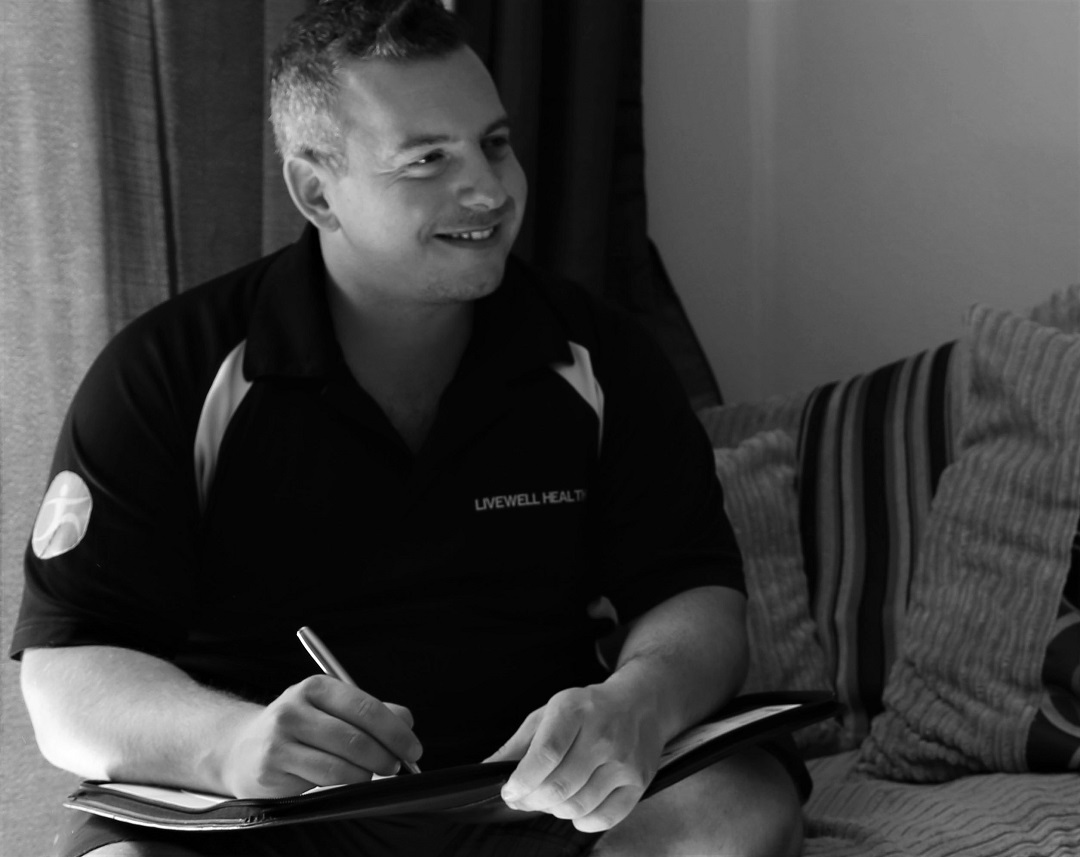Walk This Way, Talk This Way: Enhancing Self-Defence Through Posture and Vocalisation
In today’s fast-paced world, many of us are glued to our phones, even while walking in public. However, this habit can significantly reduce our self-awareness and make us more vulnerable to crime. Studies have shown that people engrossed in their phones are more likely to be targeted for theft, particularly phone grabs, which are on the rise in the UK. Victims often report that these incidents happen incredibly quickly, primarily because their attention is diverted and their awareness of their surroundings is compromised.
In addition to distraction, body language plays a crucial role in vulnerability. Individuals who appear lost, scared, or unsure tend to attract unwanted attention. This so-called “teenage posture”—characterised by hunched shoulders, downward gaze, and hands in pockets—signals insecurity and makes one an easier target.
To enhance personal safety, one of the first and most vital steps in self-defence is to improve posture and vocalisation. Walking with confidence and purpose can significantly impact how others perceive you. Here are some key strategies to consider:
Posture and Awareness
- Walk with Confidence: Adopt an upright posture with your shoulders back and head held high. This not only projects confidence but also indicates that you are aware of your surroundings.
- Stay Off Your Phone: While it’s tempting to scroll through your phone, especially during mundane tasks like walking, it’s crucial to remain vigilant. Keeping your phone in your pocket or bag allows you to focus on what’s happening around you.
- Limit Earbud Use: If you must use earbuds, keep one ear free. This ensures you can hear what’s happening in your environment, from approaching footsteps to potential warnings.
Vocalization as a Defense Tool
Using your voice effectively is another powerful self-defence tactic. Attackers prefer easy targets and situations where they can operate unnoticed. By being loud and vocal, you can draw attention to yourself and potentially deter an attack.
- Be Loud and Clear: If you feel threatened, don’t hesitate to raise your voice. Shout assertive statements like “I SAID NO!” or “LEAVE ME ALONE!” This can be especially effective in public spaces or workplaces where others can hear you and come to your aid.
- Create a Scene: Most attackers do not want attention. By making a scene, you increase the chances that they will flee to avoid drawing the interest of passersby or authorities.
Combining Posture and Vocalization
The combination of confident posture and vocal assertiveness forms the cornerstone of effective self-defence. Here’s how you can integrate these elements:
- Walk with Purpose: Even if you’re not sure where you’re going, walk as though you have a destination in mind. This reduces the likelihood of appearing vulnerable.
- Stay Aware: Continuously scan your environment. Make eye contact with people around you to signal that you are alert and aware.
- Use Your Voice: Practise shouting phrases that you can use if you ever feel threatened. The louder and more assertive you are, the more likely you are to deter an attacker.
In conclusion, enhancing self-defence involves more than just physical techniques. By adopting a confident posture and using your voice effectively, you can significantly reduce your risk of being targeted. Stay off your phone, remain aware of your surroundings, and be prepared to make noise if necessary. Remember, confidence and vocal assertiveness are your best tools in staying safe.
We can provide more sessions like this as part of our employee self defence classes offered within our corporate wellbeing and employee benefits service. For more information contact us today.


